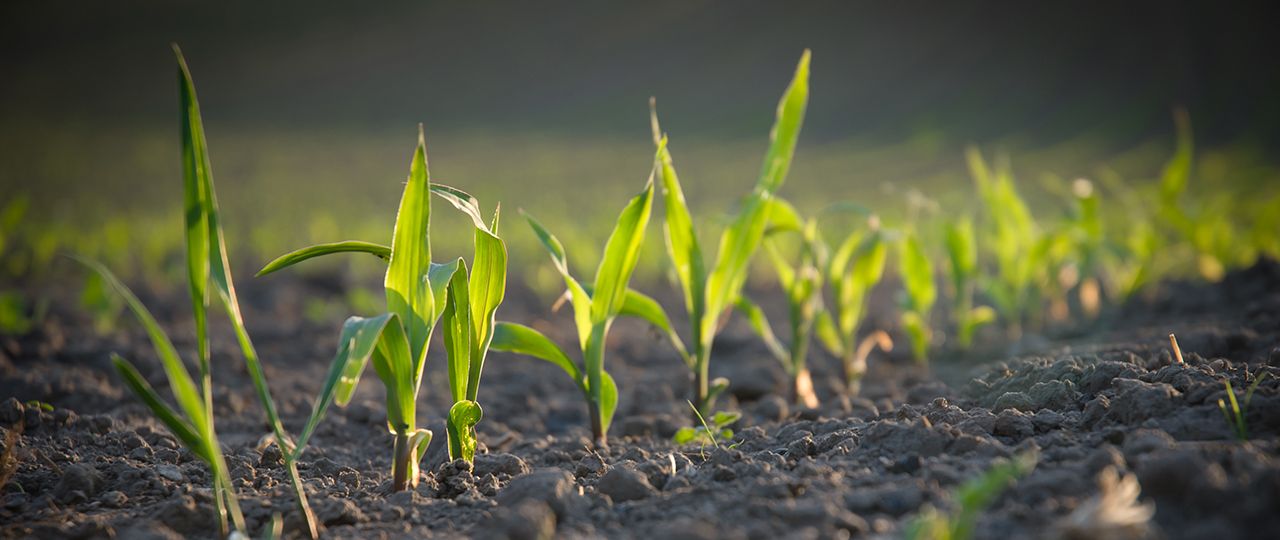Biostimulants – will they find a place on UK arable farms?
There’s a buzz surrounding biostimulants at the moment – but are they just solutions looking for problems or do they have a place in sustainable agronomy programmes?
A lack of peer reviewed evidence on biostimulants and their effects means that the jury is still out this very diverse group of products.
Despite impressive marketing budgets and plenty of hype, not everyone is convinced by the biostimulant rhetoric. Fashionable they may be, but are they functional too?
Improving the plant’s natural processes, we’re told, is a good way to “protect” yield and quality. And that’s what this emerging class of products is supposed to do.
Made up of a variety of biological substances and compounds that can be applied directly to plants, seeds or soil, biostimulants tend to fall into two groups; microbial and non-microbial. Their exact contents are often a closely guarded secret.
Promised benefits
Enthusiasts claim these products can improve a plant’s vigour, increase nutrient use efficiency, boost crop yields and relieve plant stress. With those credentials, what’s not to like?
In today’s strict regulatory climate, they certainly suit the mood. Given the scrutiny that the industry is under, anything that is kinder to the crop and safer to the environment deserves to be given serious consideration.
But whether biostimulants are an essential component of modern crop management or an additional cost with no guarantee of results remains to be seen. One of the issues that farmers highlight is that they haven’t given consistent effects – making it difficult to pinpoint if there are conditions and crops where they really can make a difference.
The dilemma
Deciding whether they should have a place on your farm is difficult. There’s very little independent evidence to study and up until earlier this year, anyone could put a biostimulant on the market without having to prove that it worked.
Now they are becoming part of the fertiliser framework and, as such, have to be assessed against the claims. Whether that will help is still open to debate – it’s very difficult to measure stress responses or soil/root interactions, for example.
What we do know about biostimulants is that they are additions to any agronomy programme rather than replacements. In practice, they tend to be applied to crops pre or post a stress factor, or to crops already looking very well and will be able to bear the extra cost, rather than as a routine step.
We also know that healthy plants are essential for successful crops. So products that help to boost a plant’s health and defence responses may allow us to be less reliant on fungicides – something which may be more important in the future.
Key questions
Before you take the plunge, ask yourself why you are thinking about putting a biostimulant on. Then consider when you should put it on. Finally, ask which of your crops might benefit.
This last point is important, as it dictates which of the products should be used. They all do slightly different things – some are applied to the soil to feed it and promote underground interactions, others are aimed at the crop, as foliar applications or seed dressings.
If soil or tissue testing has been done and identified a problem, there could be quicker wins. Getting the fundamentals right is key – compaction must be remedied, drainage put right and nutrient deficiencies solved. That remains the case, whatever the intended treatment.
Finally, there’s the cost. Biostimulants are not cheap, so think about what else you could spend that extra £20/ha on. Some of the trials that have been done do show a small yield or quality benefit, but it hasn’t been big enough to cover the cost of the product.






